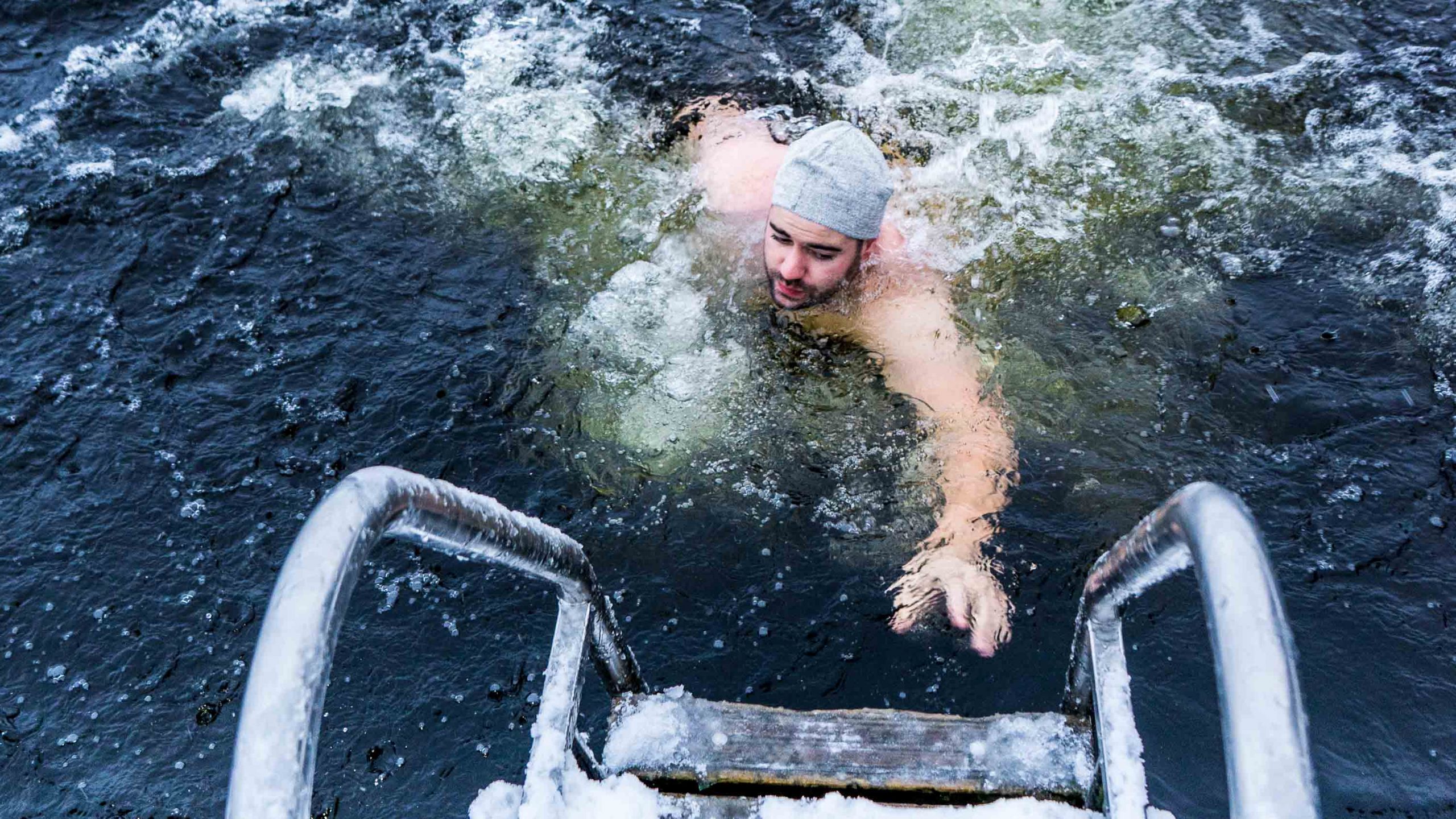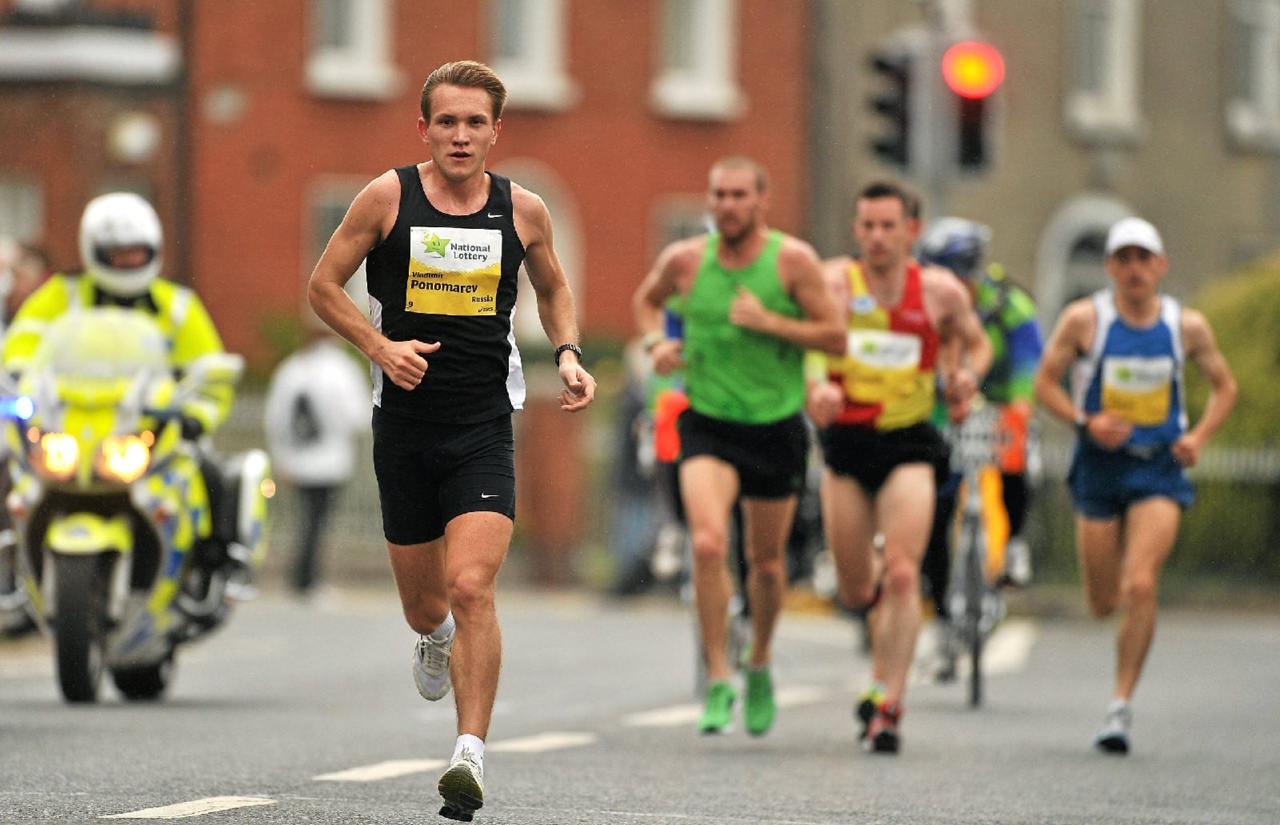Almost all coaches agree that the main factor holding back open water swimmers is the lack of practice in open water. Arguments from athletes usually boil down to the fact that the water is cold most of the time. No matter how fast you swim in the pool, if you are not adapted to cold water (including equipment) — you are likely to suffer more than the initially slower swimmer who has been swimming in cold open water the past few months. In addition to adapting your body and psyche, you’ll also need some cold water swimming gear. How to start cold water swimming?
If there is a body of water nearby with water near and just above 10 degrees and you have no health problems, you can start with a swim of 20-30 minutes once a week. You learn how to breathe properly, increase your tolerance, and even just realize that even though it’s cold, it will get better in a few minutes, and it’s better to do it on these swims than on race day.
To feel comfortable in cold water, you have to swim in cold water
I know people who have tried to get used to cold water by immersing themselves in ice baths: it sounds crazy, but it actually helps! Not everyone lives with access to outdoor bodies of water, but you can ask around for the coldest pools in the county or city. Know that competition pools are usually colder than regular fitness pools. We’re talking about pools with a temperature range of 22-26 degrees, but you can also look for outdoor pools. Spend time in cold water one way or another, and on race day your body will thank you for it.
Cool your ardor (literally)
Standing warm in a warm wetsuit in cold water before the start, cool your face, head and other exposed parts so that whatever happens after the start shot won’t be too much stress on your body. A sudden temperature change can cause your lungs to shrink dramatically and even give you a severe (but short-term) headache. So don’t be afraid to actively wet your head, face and even chest with cold water while standing on the starting line.
Layers
If you can’t afford to buy inventory, you can always turn to DIY methods. For the coldest swims, veteran triathletes recommend a «hat sandwich»: first a latex cap covering as much of your head as possible, especially the front, then a neoprene cap if you have one, or a thicker silicone one, and then a thin latex race cap. The idea is that you’ll have a nearly dry head with a layer of warm, relatively dry air between your head and the icy depths. Same for your body — if you have a long race suit, be sure to wear it under your wetsuit, even for practice. Better yet, wear your long swim trunks or a whole swimsuit (for women) that you train in the pool under the race suit. After swimming it is important to quickly take off your wet clothes, put on dry, warm and more layers, and drink warm tea or coffee.



